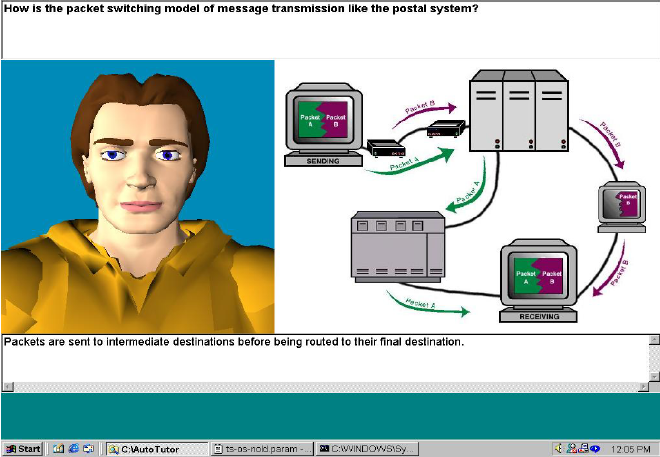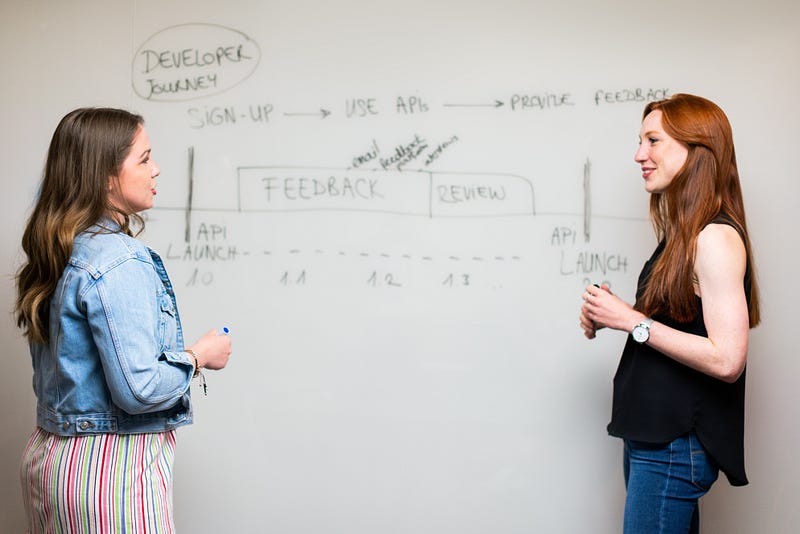The Future of Education: Can Robots Really Replace Teachers?
Written on
Chapter 1: The Role of Technology in Education
Have you ever wondered if robots could take over teaching in classrooms? While that idea might seem far-fetched, advancements in educational technology are quietly making their way into schools. Automation is gradually being integrated into classrooms, offering solutions such as content recommendations, grading tools, and curriculum development software that cater to specific teacher needs.
Yet, the question remains: can robots ever truly replace human educators? To delve into this, we must reflect on the unique roles teachers play, the values they impart, and the areas where technology can enhance the learning experience.
Educational Robots: A New Frontier

Incorporating robots into classrooms might seem unconventional, but researchers have been exploring this concept for years. Early attempts focused on demonstrating the feasibility of human-robot interaction in educational settings.
In the early 2000s, engineers from the Tokyo University of Science created Saya, a humanoid robot capable of autonomously engaging with students. Equipped with human-like features and vocal abilities, Saya could take attendance, deliver lessons, and observe student behavior. The experience was so lifelike that young students formed emotional connections with the robot, despite its limitations.
This initial success inspired further innovations, leading to the creation of robots designed for interactive learning experiences. For instance, SoftBank's NAO robot engages students through educational games, encouraging them to apply concepts in practical exercises. Similarly, Vstone's Sota can maintain eye contact and engage in structured conversations, enhancing the learning process.
These robots particularly appeal to young children by embodying friendly animals or cute characters. For example, AIST has developed PARO, a therapeutic robot resembling a seal that helps alleviate stress and fosters social interaction among autistic children by responding to gentle touch and maintaining eye contact.
While these educational robots offer new methods of engagement through play and empathy, they primarily address specific educational needs identified by teachers.
The Role of Software and AI in Education

In parallel to robotic advancements, educators have been developing interactive learning systems since the 1990s, leveraging the graphical capabilities of computers. These systems, known as pedagogical agents, facilitate supervised interactions with learners through human-like avatars.
For instance, researchers at the University of Memphis created AutoTutor, an intelligent tutoring system designed to enhance critical thinking skills through progressively challenging reading exercises. It features two avatars: one that patiently teaches and another that learns alongside students, boosting engagement and retention akin to a traditional classroom environment.
Despite their efficacy, these systems require significant time investment for development and often struggle to adapt to individual learning styles. To address this, researchers at Carnegie Mellon University developed MATHia, a tutoring system that employs machine-learning algorithms to tailor educational paths for students based on their unique skill levels and challenges. This allows educators to personalize the learning experience and monitor student progress effectively.
But does this mean that teachers can be replaced by technology?
The Invaluable Role of Human Educators

While technology offers valuable tools to assist educators, the human element remains irreplaceable. Teachers are ultimately responsible for fostering growth and learning in their students, a responsibility that technology cannot fulfill.
One significant limitation of automated grading systems is their inability to exercise flexible judgment. Human teachers possess the insight necessary to understand both the academic and emotional barriers that students face. For instance, they can recognize when a student is distracted or struggling due to social dynamics within the classroom, allowing them to provide tailored support and feedback.
Additionally, human reasoning is inherently different from machine processing. Educators can explain their thought processes, acknowledge gaps in knowledge, and empathize with students in ways that machines cannot. This ability to connect on an interpersonal level is crucial in building trust and rapport with students, which significantly enhances the learning experience.
Given these considerations, it is unlikely that robots or software will completely take over teaching roles in the foreseeable future. The integration of robots into classrooms faces practical challenges, including economic scalability and the need for cultural sensitivity, as education plays a pivotal role in shaping societal values.
Nevertheless, the combination of innovative educational technologies with dedicated teaching practices holds great promise for creating a more effective and human-centric learning environment for both educators and students.
Chapter 2: The Future of Robotics in Education
The first video titled "Will robots replace teachers? Finland experiments with robots to teach students" explores the evolving role of robots in education and their potential impact on teaching methodologies.
The second video, "Will AI robots replace teachers in the classroom? | NewsNation Live," delves into the ongoing discussions around AI's role in education and whether it can truly substitute human teachers.